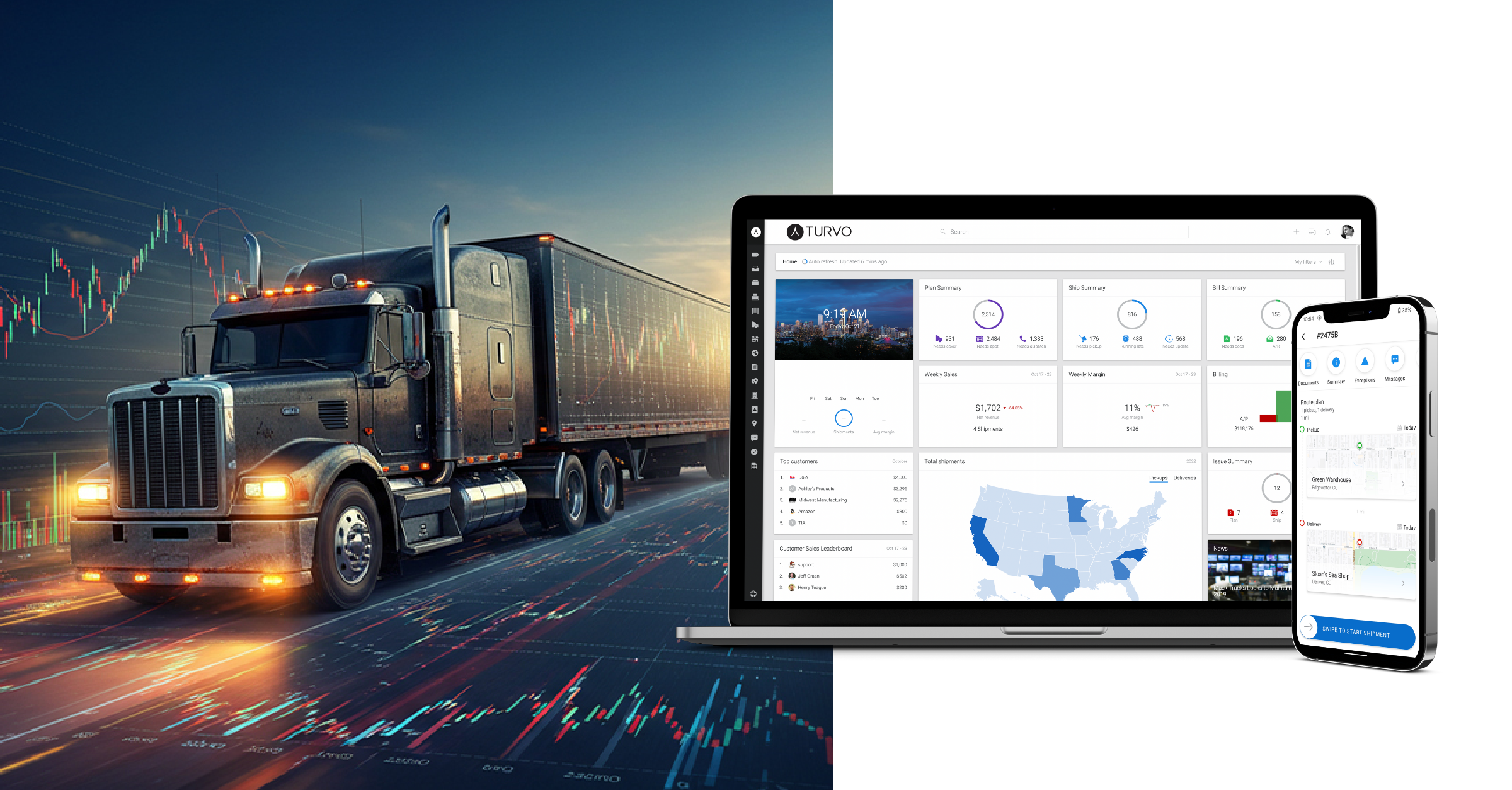The container shipping industry, a linchpin of global trade, has witnessed a whirlwind of changes in recent years. From the unprecedented challenges posed by the COVID-19 pandemic to rapid technological advancements, the industry is in a state of flux. As businesses grapple with these changes, futureproofing the supply chain becomes paramount. In this article, we’ll explore the emerging trends in the container shipping industry and how businesses can adapt to stay ahead of the curve.
The Rise and Fall of Freight Prices
The COVID-19 pandemic brought about a series of disruptions in the container shipping industry. As global demand plummeted during the initial lockdowns, so did freight prices. However, as economies began to reopen and demand surged, the industry faced a new challenge: a sudden spike in freight prices. This all-time high was attributed to a combination of factors, including port congestions, container shortages, and disrupted sailing schedules.
But as with all market dynamics, this spike was followed by a correction. Prices of freight have recently collapsed from their all-time highs, bringing relief to businesses but also emphasizing the need for flexibility and adaptability in supply chain strategies.
Emphasizing Visibility in the Supply Chain
One of the key lessons from the recent disruptions is the importance of visibility in the supply chain. In an industry where goods are constantly on the move, spanning oceans and continents, having real-time insights into the whereabouts and status of shipments is crucial.
Enhanced visibility offers several benefits:
– Informed Decision Making: Real-time data allows businesses to make informed decisions, from rerouting shipments to avoid congested ports to adjusting inventory levels based on shipment delays.
– Enhanced Customer Communication: With better visibility, businesses can provide customers with accurate delivery estimates and real-time updates, enhancing customer trust and satisfaction.
– Risk Mitigation: Real-time insights can help businesses identify potential risks, from weather disruptions to geopolitical tensions, and develop contingency plans.
The Growing Popularity of Less Than Container Load (LCL)
Traditionally, businesses had two primary options for container shipping: Full Container Load (FCL), where they rent an entire container, or Less Than Container Load (LCL), where they share container space with other shippers. While FCL has been the preferred choice for many due to perceived cost efficiencies, there’s a growing trend towards LCL.
LCL offers several advantages:
– Flexibility: LCL allows businesses to ship goods as and when they’re ready, rather than waiting to fill an entire container. This is especially beneficial for businesses with smaller shipment volumes or those looking to ship goods more frequently.
– Cost Efficiency: With the recent volatility in freight prices, LCL can offer cost efficiencies. By sharing container space, businesses can avoid the high costs associated with underutilized containers.
– Reduced Inventory Costs: By shipping goods more frequently through LCL, businesses can adopt more of a a just-in-time inventory approach than with traditional FCL, reducing storage costs and ensuring fresher stock.
Adapting to the New Normal
As the container shipping industry continues to evolve, businesses must adapt to stay competitive. This involves:
– Leveraging Technology: From advanced tracking systems to AI-driven demand forecasting, technology can offer businesses the tools they need to navigate the complexities of the container shipping industry.
– Building Strong Partnerships: In a volatile market, having strong partnerships with shipping a competitive edge. By fostering collaborative relationships, businesses can gain access to better rates, priority bookings, and more flexible shipping options.
– Diversifying Supply Chains: Relying heavily on a single market or supplier can be risky, as the recent disruptions have shown. Diversifying supply chains, both in terms of sourcing and shipping, can help businesses mitigate risks and ensure a more consistent flow of goods.
– Staying Informed: The container shipping industry is influenced by a myriad of factors, from geopolitical tensions to global economic trends. Staying informed about these developments can help businesses anticipate challenges and adjust their strategies accordingly.
– Investing in Sustainability: As the global focus shifts towards sustainability, the container shipping industry is under pressure to adopt greener practices. Businesses that prioritize sustainability not only contribute to environmental conservation but also appeal to the growing segment of eco-conscious consumers.
The container shipping industry is at a pivotal juncture. The challenges posed by the COVID-19 pandemic, coupled with rapid technological advancements and changing market dynamics, have reshaped the industry. For businesses, this presents both challenges and opportunities. By emphasizing visibility, exploring flexible shipping options like LCL, and adapting to the changing market dynamics, businesses can futureproof their supply chains and ensure continued success in the evolving landscape of global trade. As the industry moves forward, adaptability, foresight, and a commitment to innovation will be the cornerstones of success.









